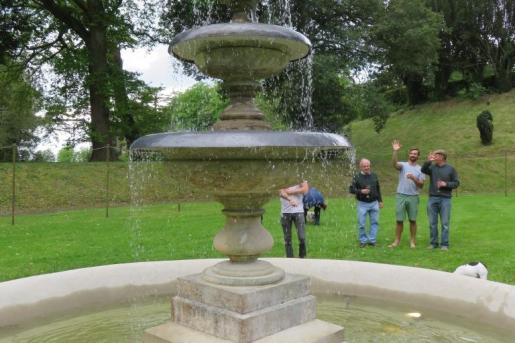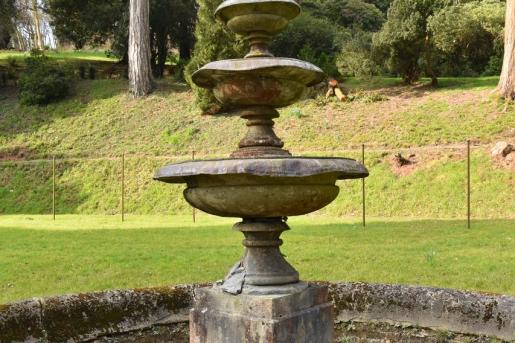- Gardens
- Parkland
- C18
The Tracey Estate dates back to the C12 when part of Ivedon Manor passed to William de Tracy (one of the four knights who, at the instigation of Henry II, assassinated Thomas a Becket) through marriage, and was renamed Tracey Hayes. The house was dramatically sited on the hillside with extensive views over the Otter Valley. Unfortunately, death duties after World War II absorbed funds which could have been used for repairs to the house. Tracey House was left empty and decaying for many years, and was finally demolished as a dangerous structure in 2003. The important inter-relationship between the house and its grounds has been lost, but the grounds remain as a designed landscape of considerable significance within the Blackdown Hills AONB. Below where the house once stood is the formal terrace; a lower terrace overlooks the parkland with its many fine specimen trees, including Wellingtonias, Sequoias and Lucombe Oaks. The carriage drive from the lodge survives, as does the secondary entrance piers and gates to the west of the house. To the east is a woodland garden with rides, specimen trees and a charming formal oval garden with a large Victorian fountain, at a much lower level than the house. In 2011 the Furnival family, owners of the estate, started an ambitious project to restore the parkland and garden. The original walks/rides through the garden were identified and have been opened up, large areas of laurel and Rhododendron ponticum have been removed, the long flight of steps down to the formal oval garden have been rebuilt, the formal garden with its Victorian fountain have been restored, a Yew circle has been restored, and a long section of the walls to the walled large walled garden has been rebuilt. Two natural pools have been uncovered, one to collect the water, the other for bathing. The Furnivals are continuing with their ambitious plans to restore the Tracey Estate.
The Lodge to Tracey and Gate-piers and gate at the entrance to the main drive (now disused), south of Tracey are listed Grade II.
Cherry & Pevsner: The Buildings of England – Devon, 1989: 142


